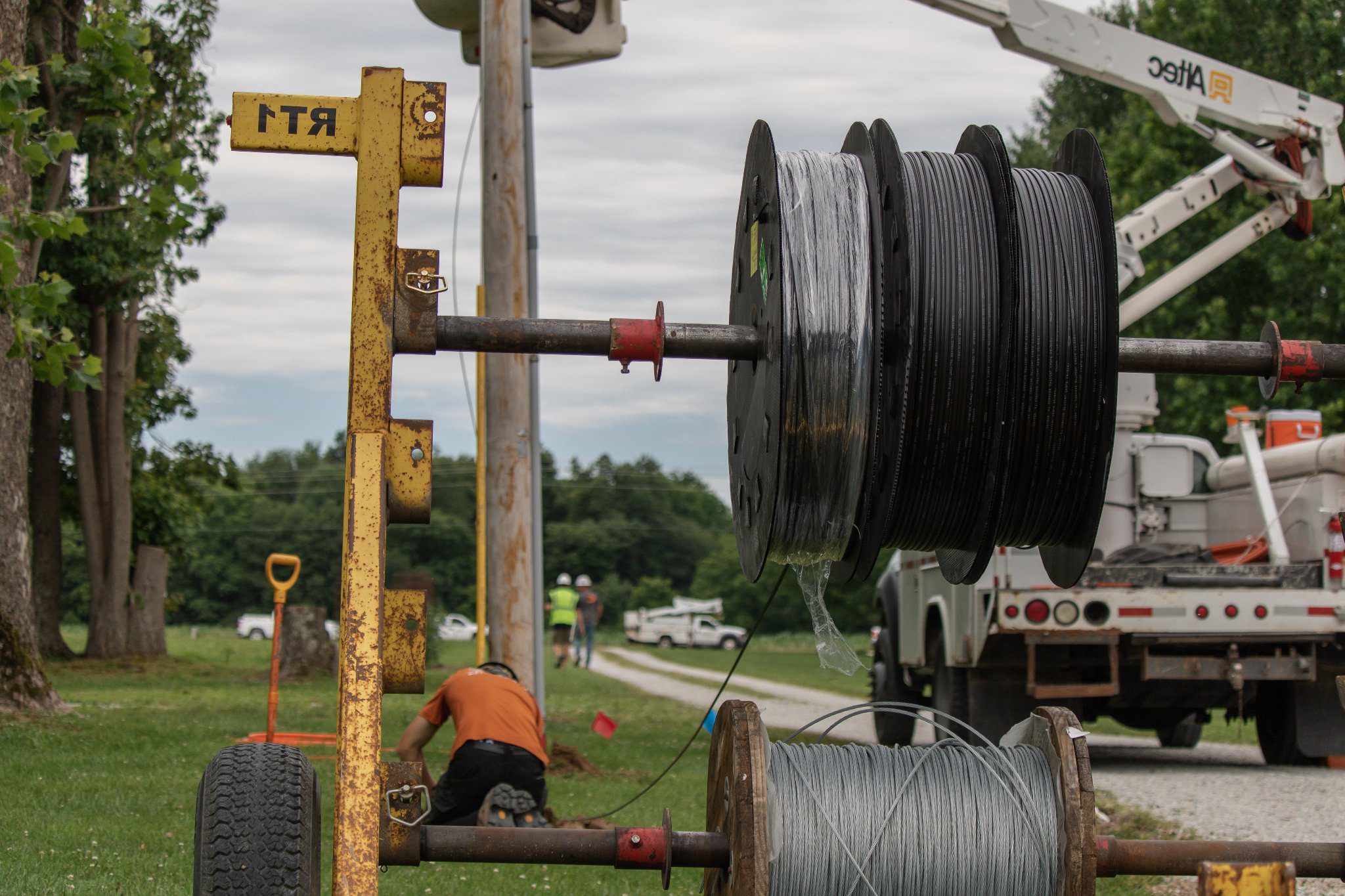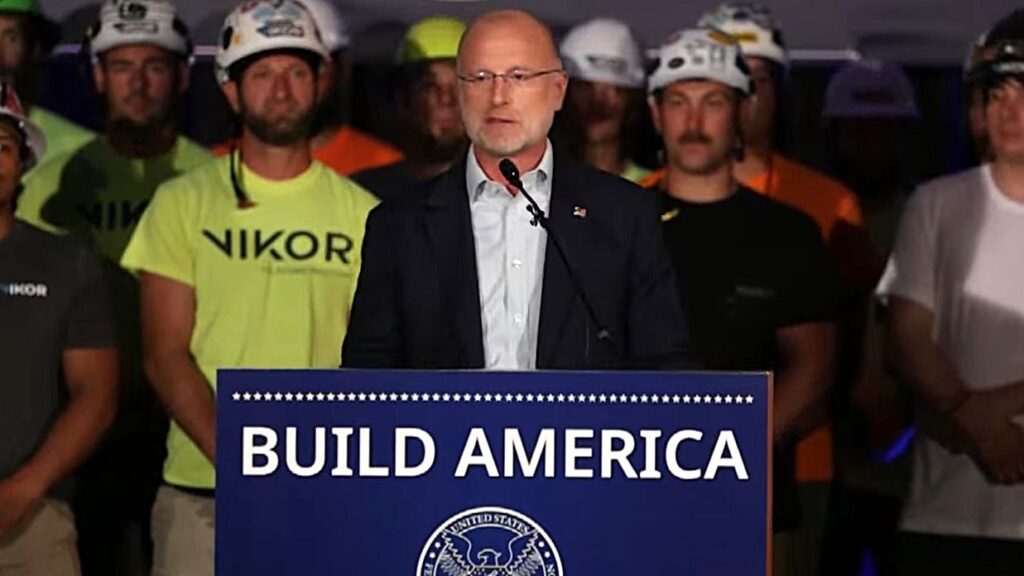Build Plenty of Broadband Capacity and Be Ready to Call Audibles
Randy Sukow
|

Three electric cooperative managers who are working with NRTC to build broadband internet services appeared at a panel session during NRECA’s TechAdvantage 2020 conference in New Orleans. Each project is different in significant ways, but the panel highlighted two themes that hold for any broadband build – be sure to build enough capacity for the future and don’t be surprised if you have to make changes to your business and construction plans during the project.
The need for capacity is a theme carried forward from speeches by NRTC CEO Tim Bryan and Board Chairman Shannon Clark during the NRTC Annual Meeting on Sunday. “If you have the financial ability, you want to build fiber as deep into your network as possible … Get fiber as close to the end user as you can,” said Greg Santoro, NRTC’s Chief Marketing and Strategy Officer, who moderated the session.
At the same time, the economics of each rural broadband project are different. In some remote areas, a co-op may feel it’s too costly to build fiber to each home. They could choose to reach the last mile using a fixed wireless system connected to a fiber backbone network. Wireless technology has improved substantially in recent years. Today the technology exists to create 1 Gbps wireless connections, something that was unthinkable five years ago, Santoro said.
In other rural areas, the economics could show that its feasible to deliver FTTH to the entire service area immediate. Or the co-op could decide that its territory is too rugged and hilly to support reliable wireless connections. NRTC Broadband Solutions conducts thorough feasibility studies whenever it works with a member cooperative. They weigh a long list of factors before recommending an all-FTTH or wireless/fiber hybrid project.
NRTC conducted feasibility studies for each of the three panelist’s co-ops. Two Texas managers – Bryan Lightfoot, CEO of Bartlett EC, and Cameron Smallwood, CEO of United Cooperative Services – chose to include a wireless component in their projects. George Kitchens, general manager of Joe Wheeler EMC in Alabama is going directly to FTTH.
“Our service area is in the foothills of Appalachia County and we have a lot of trees in Alabama … Our density made it work to go with fiber to the home, so that’s what we’re going for,” Kitchens said.
“Had we done fiber to the home throughout the entire territory, that would have cost us another $100 million. It just wasn’t feasible. It broke all the financial models,” Smallwood said. A wireless hybrid “will meet the needs of our members for years to come,” he said.
As for the need to be flexible enough to make key decisions in the middle of a project, Lightfoot said, “NRTC does a great job of building a playbook [i.e., feasibility study] for these types of projects. But you have to be prepared to call audibles, because if you think you have a perfect plan today, a month from now something comes up.”
Lightfoot was referring to Bartlett EC’s decision to change its original plan to serve only members within its service area. After learning new information about potential opportunities outside the service area, the co-op reevaluated parts of the plan. The Bartlett plan originally called for complete return on investment in 15 years. The extra investment could increase that time.
Kitchens said pay-back for Joe Wheeler EMC’s FTTH project would be about 13 years and Smallwood said his hybrid system would take 17 years. All three said that their feasibility studies do not factor in potential financial support through grants or the FCC’s Rural Digital Opportunities Fund (RDOF). Winning that support could significantly decrease the time to pay off their projects.
“We’re working closely with NRTC on strategies for RDOF. We actually do have some census blocks in our territory that are going to be opportunities,” Lightfoot said.
Co-ops that already have NRTC feasibility studies could be at an advantage during the RDOF process. Much of the data that bidders need to complete the application and plan bidding strategies in the Oct. 22 reverse auction is contained within those studies. To learn more about how NRTC is supporting members who are planning to enter the RDOF auction, write us at RDOF@nrtccoopstg.wpengine.com.

